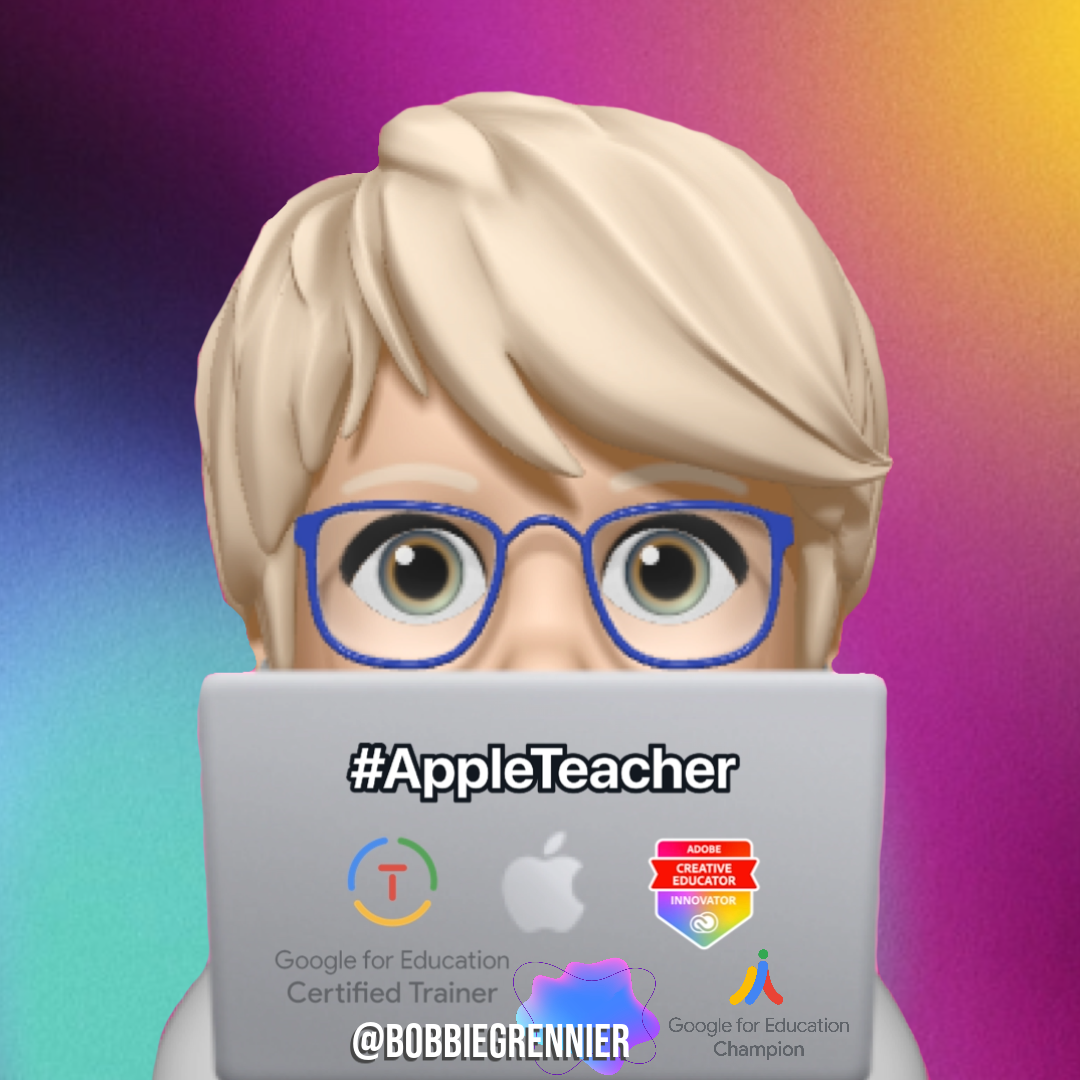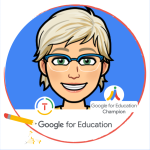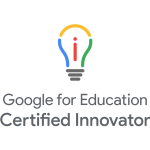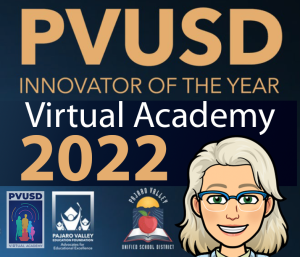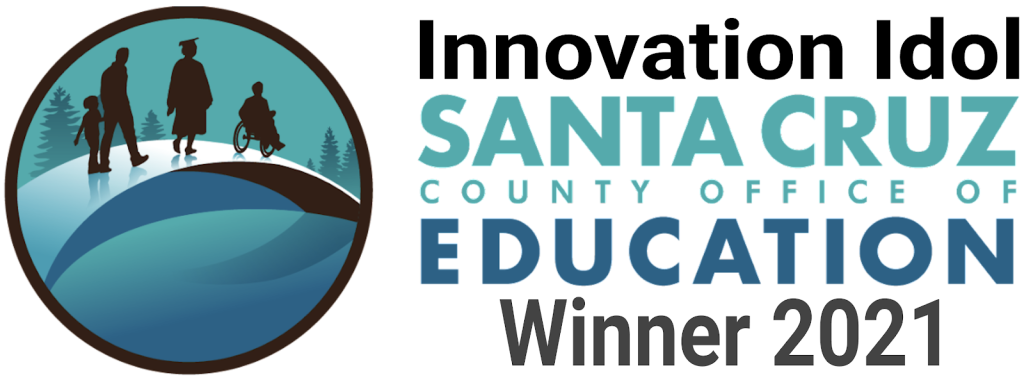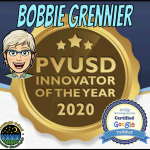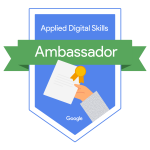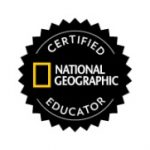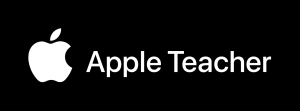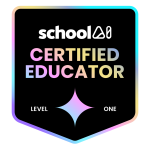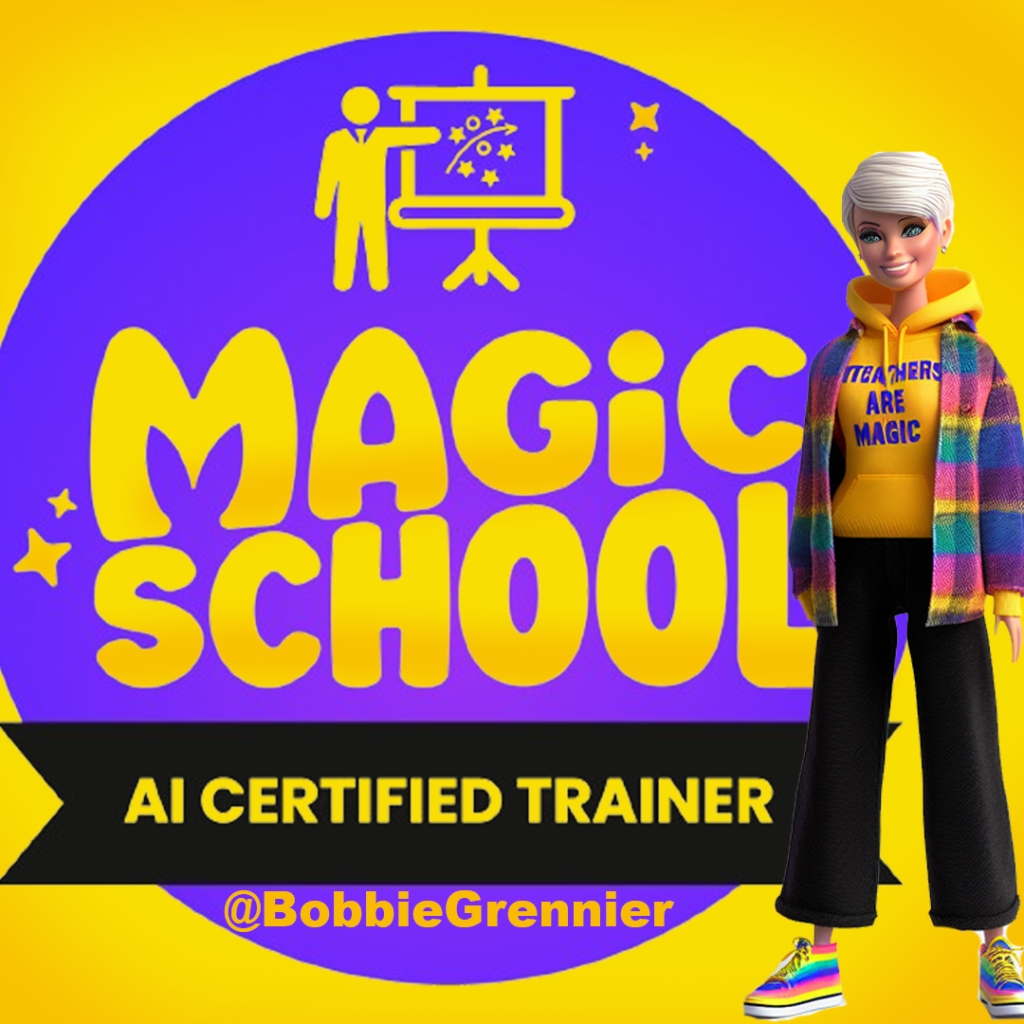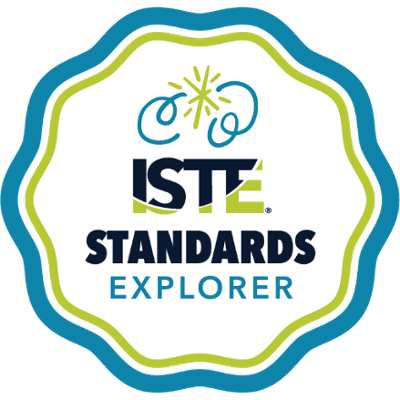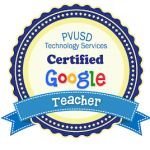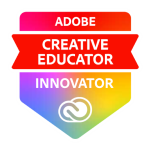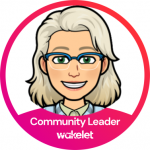Select materials carefully, slow the pace slightly, portion work into manageable chunks and increase depth of each lesson will allow the teacher to ensure ELLs have a fulfilling experience with literature.
Content
Appropriate genre selection helps ELLs develop their conceptual and linguistic schemata (model).
Begin with familiar Folktales and Myths, and work towards more complex literary works.
Connections and Comprehensibility
The three-part phase: into, through and beyond.
Into – pre-reading (anticipation/reaction guides/statements, pictures/art/movies, physical objects, selected read-aloud passages)
Through – reading (character review, image/theme development, read-along tapes, visual summaries)
Beyond – post-reading (interpretative written responses, poetry, written reviews, letter to the author, make into a play, express through TV show)
Interaction
Varying Groups
Homogenous groups when the goal is accuracy.
Heterogeneous groups when the goal is fluency.
Maintaining the First Language
Standards let student use and develop their first language, and the teacher can support this within the context of the classroom program even if the teacher doesn’t know that native language. Aides/tutors can assist and educational materials in the native language can provide needed support. Students can keep reading journals/logs in their native language.

